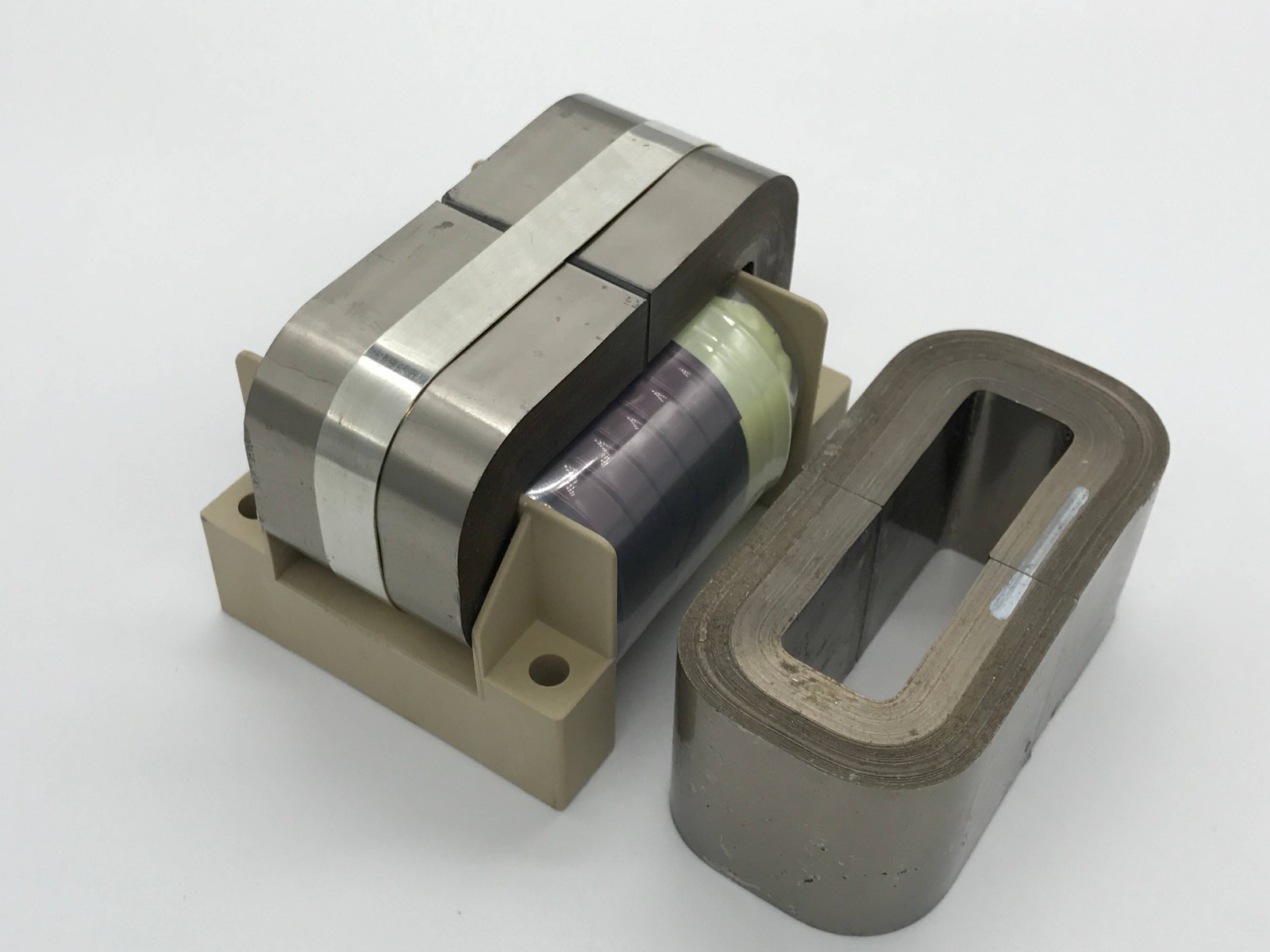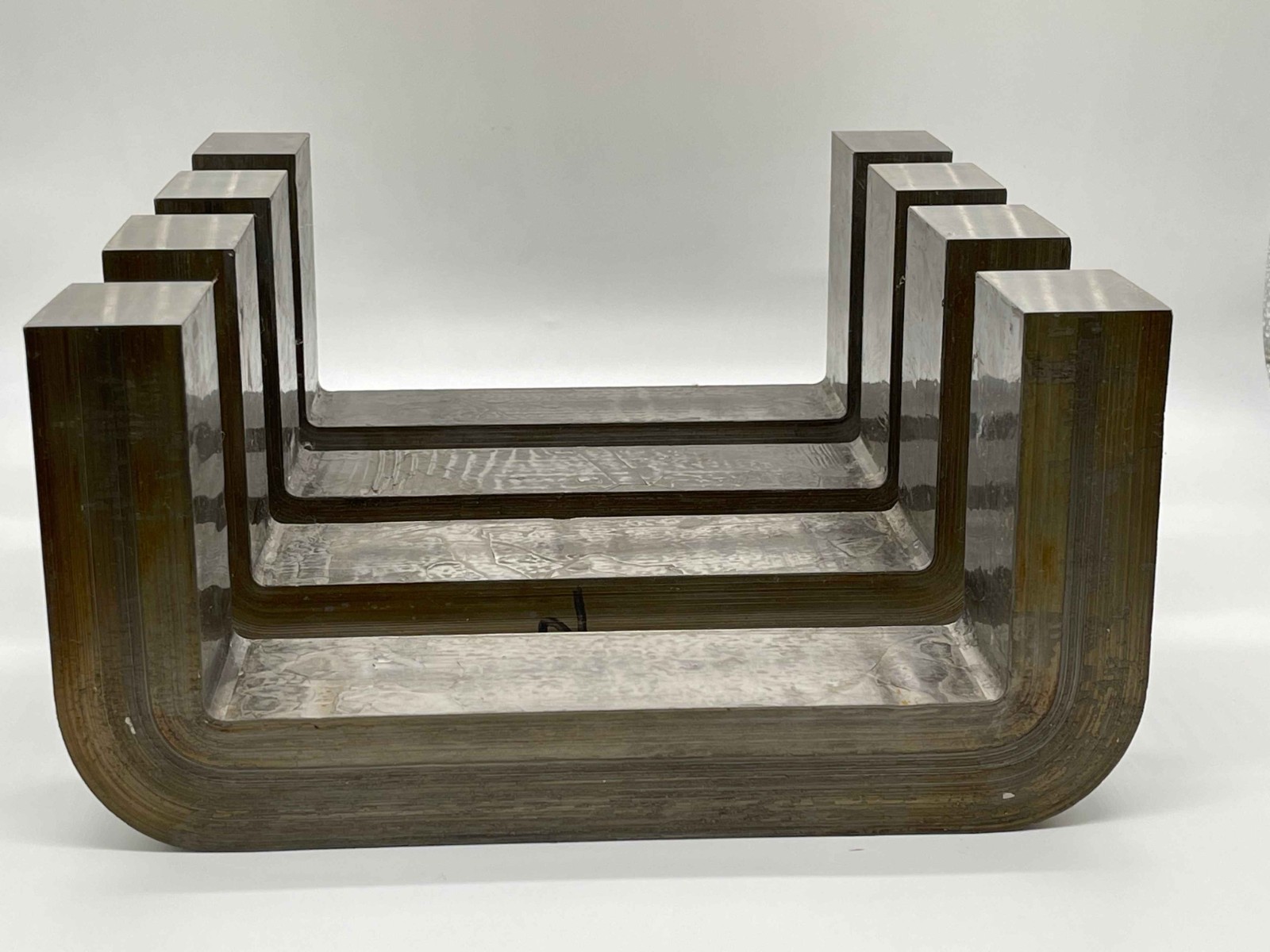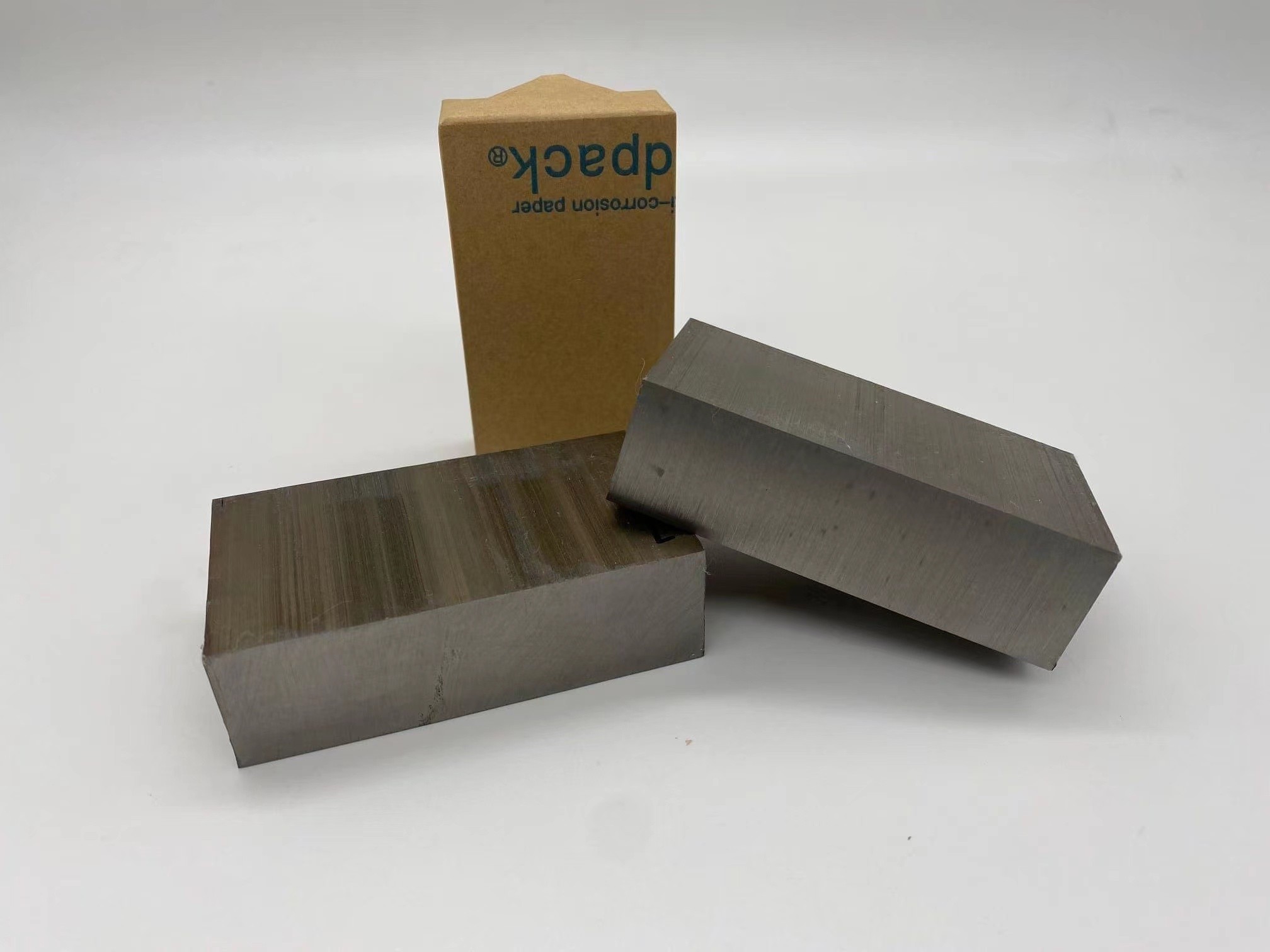Better Touch Better Business
Contact Sales at TRANSMART.
Solar energy is one of the most promising sources of renewable energy in the world. The sun provides more than enough power to meet our needs, and with the development of new technologies, it’s becoming increasingly affordable to capture that power and use it to our advantage.
One such technology is the photovoltaic inverter. Photovoltaics are devices that convert sunlight into electricity, and inverters are devices that convert direct current (DC) into alternating current (AC).
Solar panels are made up of photovoltaic cells, which are made of semiconductor materials like silicon. When light hits the cell, it frees electrons from the silicon atoms. These free electrons flow through the cell to create an electric current.
The inverter takes this DC current and converts it into AC, which is the type of current that’s used in our homes and businesses.

Amorphous cores are one type of photovoltaic cell. They’re made of a thin film of silicon that’s deposited on a substrate, like glass or metal. Amorphous silicon cells are less efficient than other types of solar cells, but they’re cheaper to produce.
Amorphous c core solar cells are another type of photovoltaic cell. They’re made of a thin film of silicon that’s deposited on a substrate, like glass or metal. Amorphous c-core cells are less efficient than other types of solar cells, but they’re cheaper to produce.
Why Use an Inverter?
There are a few reasons why you might want to use an inverter with your solar panels.
· If you’re using solar panels to power your home, the inverter will ensure that the electricity you’re using is compatible with your appliances and wiring.
· If you’re using solar panels to power your business, the inverter will help you to make the most of your investment by converting the DC current into AC, which can be used more efficiently.
· If you’re using solar panels to power a remote location, the inverter will help to ensure that the electricity is compatible with the equipment you’re using.
· If you’re using solar panels to power a backup system, the inverter will help to ensure that the electricity is compatible with the system and that it will work as intended.

An inverter takes the DC current from your solar panels and converts it into AC. The process of converting DC into AC is called “inversion.” In order to invert the current, the inverter must first rectify it. Rectification is the process of converting AC into DC.
The inverter will take the DC current from your solar panels and convert it into AC by passing it through a transformer. The transformer is a device that changes the voltage of an alternating current. The transformer will increase the voltage of the DC current, which will then be passed through a rectifier. The rectifier is a device that converts AC into DC.
After the DC current has been converted into AC, it will be passed through an inverter again. This time, the inverter will change the frequency of the current. The frequency is the number of times that the current changes direction per second.
The inverter will increase the frequency of the AC current, which will make it compatible with the equipment you’re using.
The inverter will also regulate the voltage of the AC current. The voltage is the amount of pressure that the current has. The inverter will make sure that the AC current has the correct voltage for the equipment you’re using.
The inverter will also change the phase of the AC current.
Now that you know what a photovoltaic inverter is and how it works, you need to select the right one for your needs. Here are some factors to consider:
If you’re using amorphous c core silicon solar panels, you need an amorphous silicon inverter. If you’re using crystalline silicon solar panels, you need a crystalline silicon inverter.
The power rating is the maximum amount of power that the inverter can handle. You need to make sure that the amorphous cores inverter you select has a power rating that’s higher than the maximum power output of your solar panel array.
You need to make sure that the inverter you select has the right input and output voltage for your needs. The input voltage is the voltage of the DC current from your solar panels. Amorphous c-core inverters have an input voltage of 12-24 volts. The output voltage is the voltage of the AC current that the inverter produces. Amorphous c-core inverters have an output voltage of 110/120 or 220/240 volts. The output voltage is the voltage of the AC current that will be used by your equipment.
You need to make sure that the inverter you select can handle the frequency of the AC current that will be used by your equipment. Amorphous c core inverters can handle a range of frequencies, from 50 Hz to 60 Hz.
You need to make sure that the inverter you select can handle the phase of the AC current that will be used by your equipment. It’s important to select an inverter that can handle the phase of the AC current because the phase determines the timing of the current.
You need to make sure that the inverter you select has a warranty that covers defects and damage. It’s important to read the warranty carefully so you know what’s covered and what’s not.

If you’re interested in amorphous cores amorphous c cores, we are here to help. We are experts in the field and can offer you the best products on the market. Contact us today to learn more about amorphous cores or amorphous c cores and how they can benefit you.
Copyright © 2025 TRANSMART INDUSTRIAL LIMITED | All Rights Reserved
Hello, please leave your name and email here before chat online so that we won't miss your message and contact you smoothly.